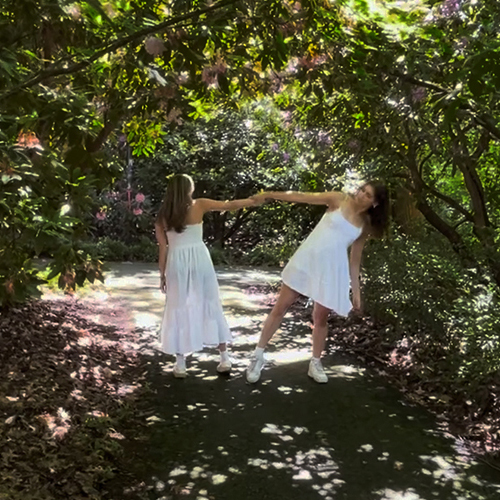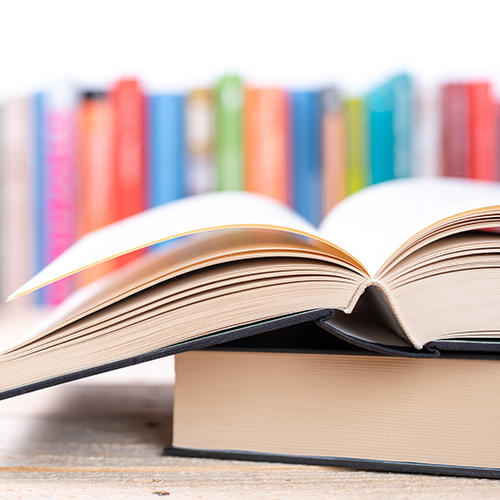A lot of the Burke Museum’s Plastics Unwrapped exhibit is a bunch of garbage. The exhibit developers wouldn’t have it any other way.
Plastics Unwrapped, on display at the Burke through May 27, explores the impact of plastics on people and the planet, from life before plastics to the effects of plastic on our health and environment, to where plastic goes when we throw it away. Displays of plastic refuse—the huge pile that’s left after a single surgical procedure, for example—make the startling point that plastic, which can take hundreds or perhaps even thousands of years to decompose, is a growing environmental problem.
Yet the plastic from that surgery also benefits the patient in the operating room. Its positive properties are also highlighted in the exhibit. “We wanted to tell a balanced story,” says exhibit developer Ruth Pelz.

To ensure that balance, Pelz turned to experts in a variety of fields—chemistry, engineering, manufacturing, environmental science, waste management, health care—as she planned the exhibit. Each adviser provided a different perspective, from concerns about plastic’s chemical emissions to enthusiasm for its performance in engineered products. “When we discussed the main messages for the exhibit, there were two things that all the advisers agreed on,” says Pelz. “First, plastics are not all bad. Second, bottled water is ridiculous.”
And ubiquitous. One display shares that 1,500 plastic water bottles are used every second in the United States. That adds up to nearly 13 million bottles a day.
It wasn’t always this way. As the exhibit points out, plastics were not introduced until the early 1900s. First came Bakelite, followed by nylon, Teflon, and Styrofoam. During World War II, plastics production ramped up substantially, mostly for military use. “The production capacity was all there and then the war was over,” says Pelz. “How do you find a new market for the materials? That’s when the convenience of disposables was promoted and plastics really took off.”
Burke visitors can view clips from post-war promotional videos extolling the wonders of plastic. They are a reminder that a material we now take for granted was once a symbol of a brighter future. “We wanted to put people in the mindset of what it was like when plastics were first produced,” says Pelz. “It was promise. People were excited by all its possible uses.” People were particularly excited by plastic’s indestructibility—the result of its strong molecular bonds. But that indestructibility creates enormous problems in plastic’s afterlife as garbage, leading to overflowing landfills and polluted beaches. One Burke display—or ‘statistical sculpture,’ as exhibit designer Andrew Whiteman calls it—is piled high with plastic detritus collected by six volunteers in less than an hour on a single Washington beach. It sends a sobering message about the downside of plastics.
The exhibit ends with a call to action, outlining ways that the public can reduce plastic waste one step at a time, by reusing when possible, recycling the rest, and refusing to bring more disposable plastic home. Many Seattleites bring their own reusable bags when they shop, encouraged by a local ban on single-use plastic bags, but Burke visitors from outside the Seattle area may be new to the idea. “We want people to see that they have choices to make,” says Pelz. The message will reach more audiences when the exhibit travels to other cities after leaving Seattle, beginning with Portland (Oregon), Orlando (Florida), and Park City (Utah).
For those interested in further exploration, the Burke and the College of the Environment are presenting a lecture by Susan Freinkel, author of Plastic: A Toxic Love Story, on April 3, followed by a free seminar series, Plastics: The Good, the Bad, the Debate, on Wednesday evenings from April 10 through May 22. Both offerings are open to the public. UW students have the option to attend the series for credit.
More Stories

Dancing Across Campus
For the dance course "Activating Space," students danced in public spaces across the University of Washington's Seattle campus this spring.

Read or Listen to Faculty Favorites
Looking for book or podcast recommendations? We asked faculty who've been featured in Perspectives newsletter during the past academic year to suggest a personal favorite.

Celebrating Contemporary Indigenous Music
Markus Teuton, a musician and citizen of Cherokee Nation, explores contemporary Indigenous music through his academic work and as host of “Indigenous Jazz,” a radio show.